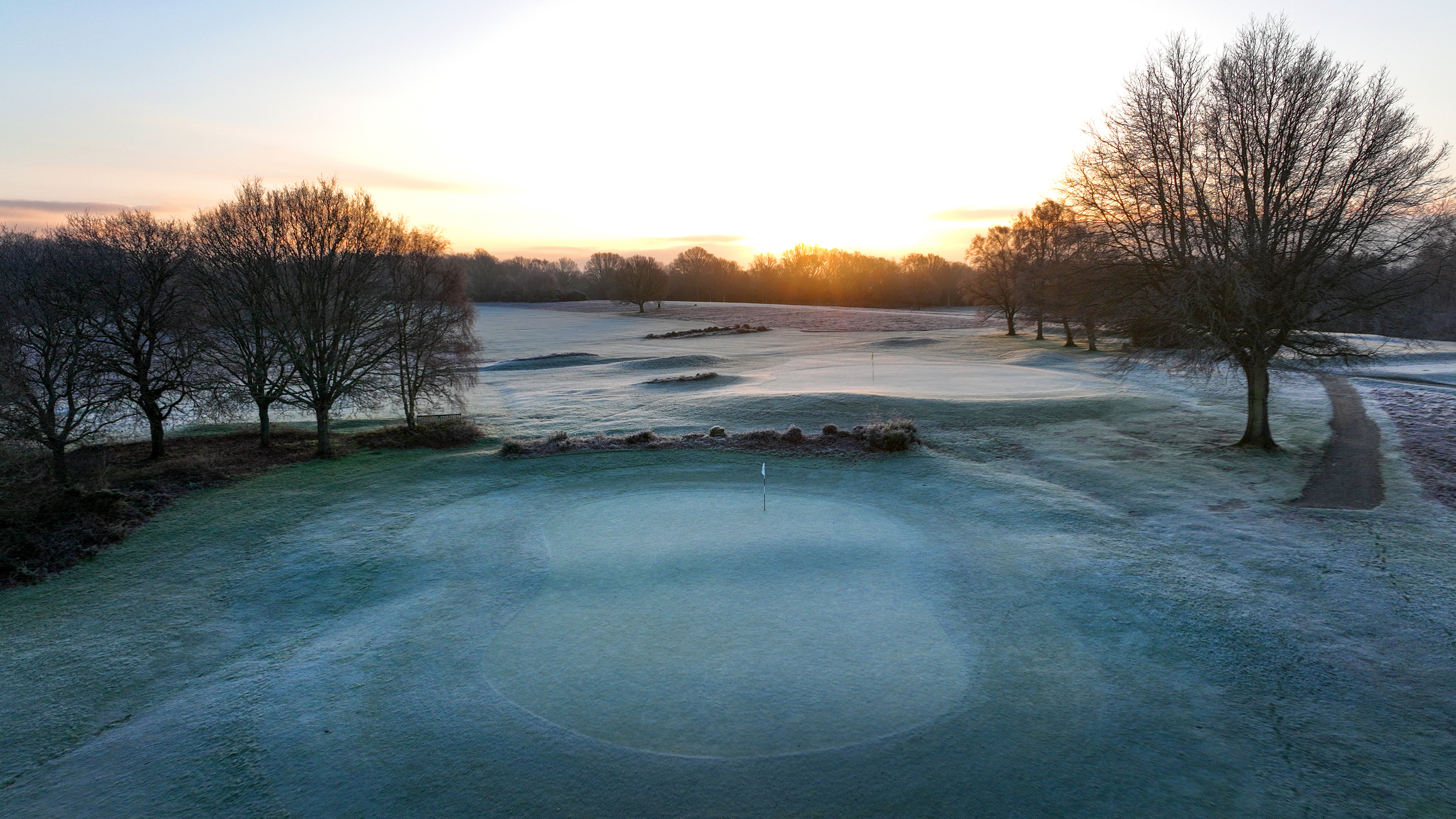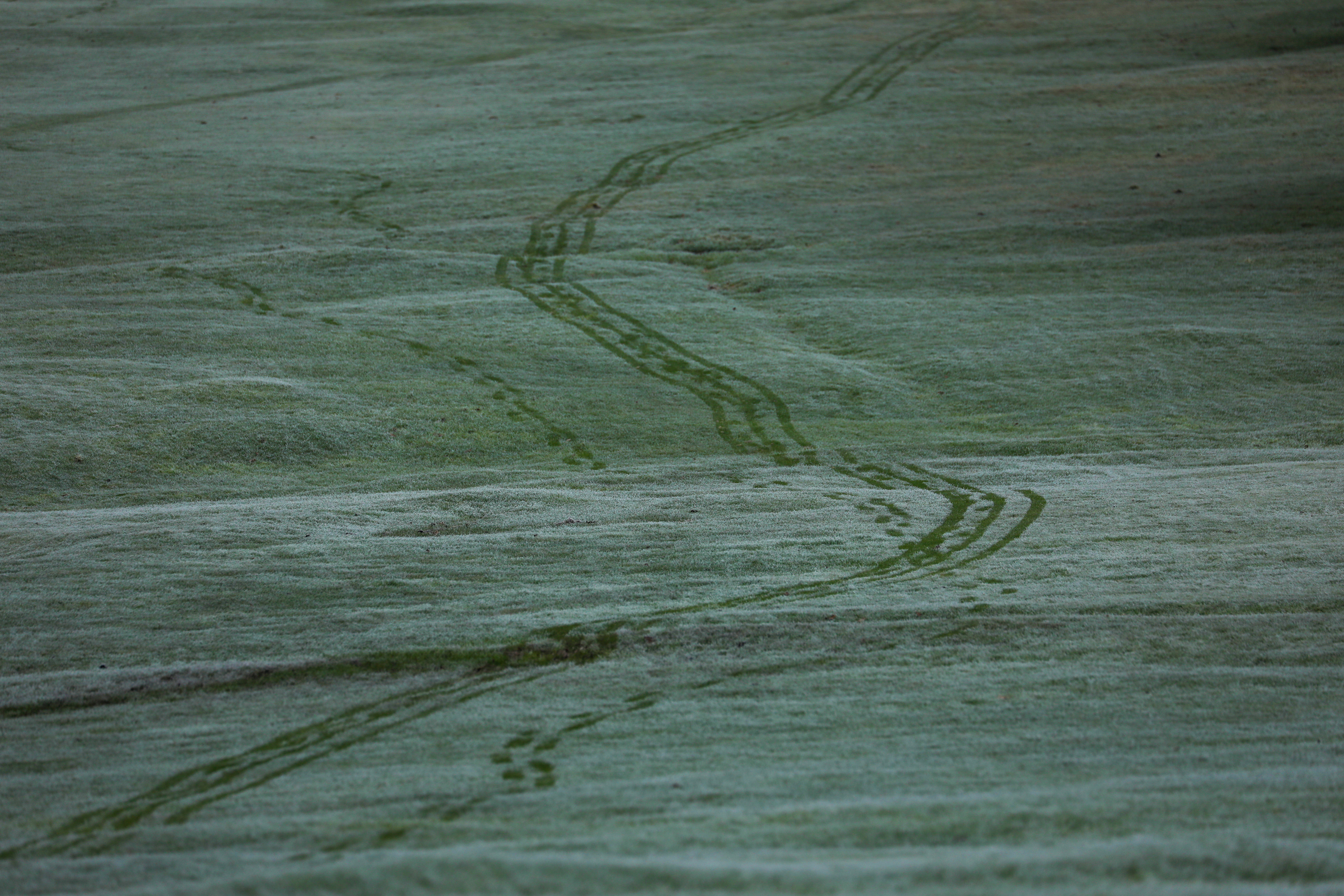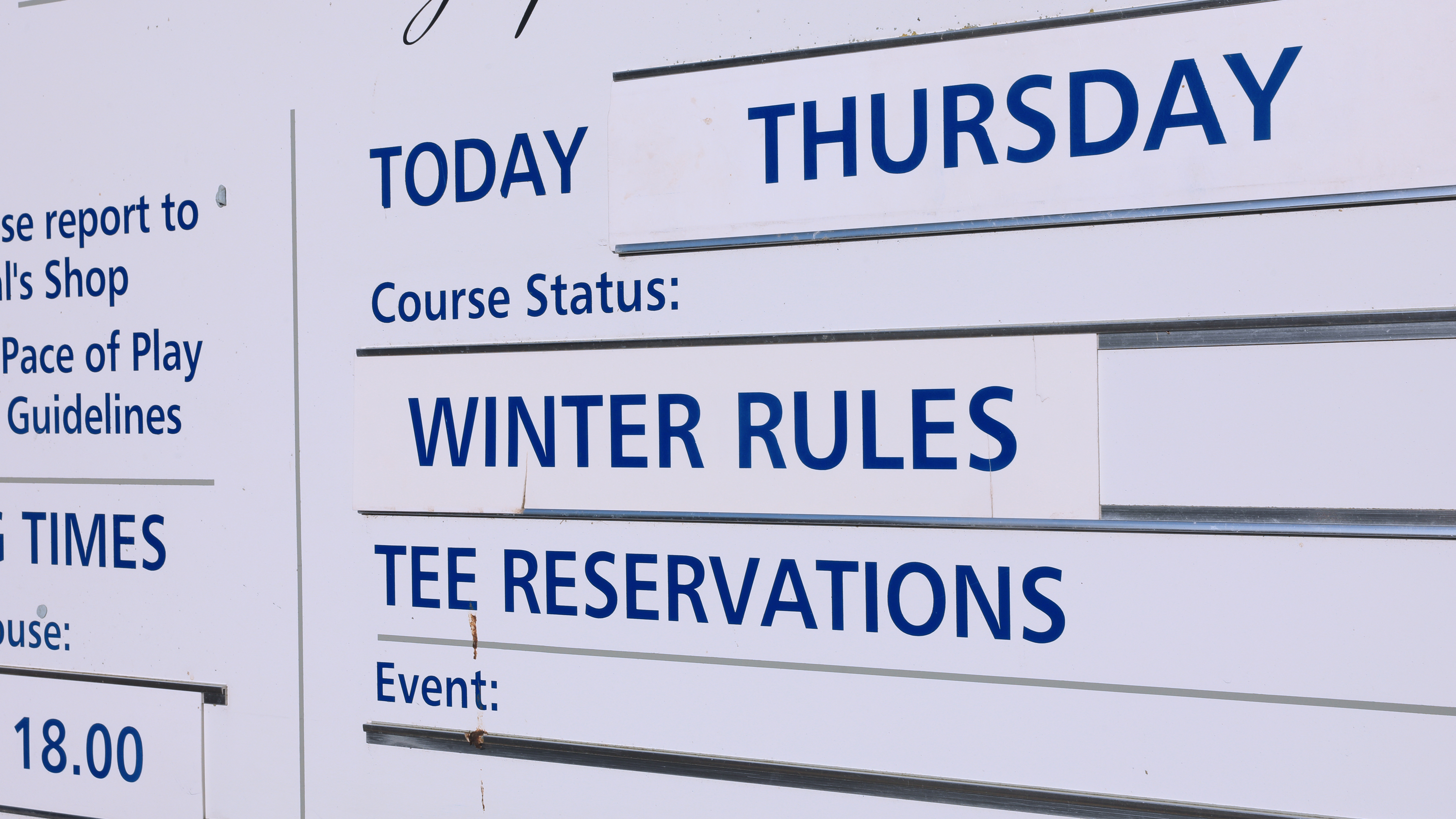6 Things Every Golfer Can Do To Protect The Course This Winter
During the colder months, the course can take a pounding. Here’s how you can do your bit to protect it…


During the winter months, the golf course is far more susceptible to damage. Wetter, colder conditions cause more stress to the playing surfaces and traffic will increase that stress. But when the course is open, we understandably still want to get out there and enjoy playing. Winter golf can be hugely enjoyable but there are things you can consider doing, or not doing, to protect the course so it looks its best come spring.
Don’t take a buggy
If the ground is frozen or particularly wet, a golf buggy is going to cause damage – we’ve all seen the tyre marks across frosty or sodden fairways. Many clubs will have a policy that buggies are banned during the most challenging winter weathers, but not all do. If your club has a lenient policy, then it’s up to you to make the call – Can you walk? If so, then maybe you should.
Carry Your Clubs if you can

Much like with the buggy, those who can carry their clubs ought to consider doing so when underfoot conditions are particularly soft (or frozen) – Golf trolley tyres will make marks and damage the playing surfaces. Of course, there are players who are unable to carry, but those physically capable can help limit damage by opting for a lightweight bag and carrying.
Don’t play from the fairway
If you’re playing bounce golf (non-counting,) then you can prevent damage to the fairways by moving your ball to play it from the semi rough – you generally face pretty much the same shot and the grass in the first cut is still short enough to offer a clean shot. Some clubs require the use of fairway mats through the winter and these certainly protect the surfaces. Even if your club doesn’t require mats, you could always buy one to use when heading out for a friendly knock.
Repair your pitch marks properly

It’s always important to repair your pitch marks on the greens, but when the surfaces are soft, the damage tends to be even greater. Make sure you follow the correct method when repairing pitch marks and have a quick look around the green to see if there are any others people have missed that you can tidy up.
Obey traffic management
Busy routes between greens and tees, or around course features can become extremely cut up through winter. Greenkeepers will often try to lessen the pressure by roping off areas and directing golfers on alternative routes, often changing these routes to spread the wear and tear. Don’t just step over the ropes, follow the designated routes – the Course Manager knows what he or she is doing.
Accept Decisions

And with that in mind, remember that the Greens team and the Committee, will always have the best interests of the course at the forefront of their thinking and decision making. If the course is closed, it’s because it would either be unsafe to open it, or it would do significant damage to the surfaces for people to play on it. If a hole is being worked on and it’s out of play, accept it and move on to the next.
Subscribe to the Golf Monthly newsletter to stay up to date with all the latest tour news, equipment news, reviews, head-to-heads and buyer’s guides from our team of experienced experts.

Fergus is Golf Monthly's resident expert on the history of the game and has written extensively on that subject. He has also worked with Golf Monthly to produce a podcast series. Called 18 Majors: The Golf History Show it offers new and in-depth perspectives on some of the most important moments in golf's long history. You can find all the details about it here.
He is a golf obsessive and 1-handicapper. Growing up in the North East of Scotland, golf runs through his veins and his passion for the sport was bolstered during his time at St Andrews university studying history. He went on to earn a post graduate diploma from the London School of Journalism. Fergus has worked for Golf Monthly since 2004 and has written two books on the game; "Great Golf Debates" together with Jezz Ellwood of Golf Monthly and the history section of "The Ultimate Golf Book" together with Neil Tappin , also of Golf Monthly.
Fergus once shanked a ball from just over Granny Clark's Wynd on the 18th of the Old Course that struck the St Andrews Golf Club and rebounded into the Valley of Sin, from where he saved par. Who says there's no golfing god?